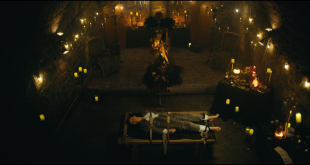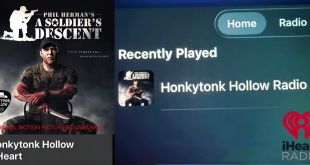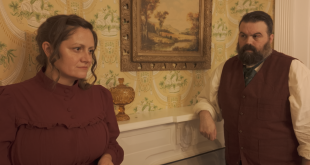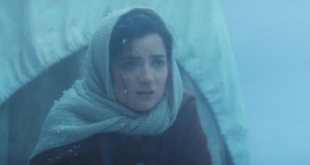What’s the Deal with the Vampire Craze?
No this isn’t a dated Jerry Seinfeld opening line, but rather a genuine question regarding the rise and fall of the mainstream vampire craze. Standing as a longtime favorite of a wide range of media, vampires have lasted the test of time far better than most forms of monsters. Despite this, there have been definite patterns when mainstream attention peaked, and leading to the time of today where, while still popular, their stature is not what it once was.
So how did these changes come about, what did the entertainment market look like at the peak, and why now are we seeing a lapse?
Origins of the Vampire
As a concept, vampires have existed far back in human history. The problem with this is that we have invented so many thousands of monster stories over the millennia that it becomes difficult to pin down exactly what constitutes the start of vampires as a concrete scheme, and what could be considered a coincidence of traits.
One of the more concrete examples of what would fall into the vampire genre came from the ancient Greek myth of Ambrogio. Cursed by Apollo, Ambrogio would burn in sunlight, possessed super strength, and had a penchant for drinking blood.
In more modern terms, we would look to the inspiration of Vlad the Impaler and Bram Stoker. Vlad Dracula, a real historical figure, was obviously not an actual vampire. His cruelty was legendary, however, and is often cited as one of the inspirations for Bram Stoker’s Dracula.

In turn, it would be Stoker’s Dracula which would serve as the inspiration for Hammer Horror films. From their founding in 1934 up until the mid-’50s, it was these films which served as the most important in bringing vampires to the mainstream film industry. It was also these films which helped create the long-standing career of the late and much loved Christopher Lee, who starred as Dracula on eight different occasions.
Contemporary Success
Around the end of the 1990s, the vampire craze started to gain full momentum and visibility back in the mainstream after a brief lull. Rather than the ponderous and more atmospheric preceding generation, the late 90s saw great success in adapting the concept to the action blockbuster. Films like Blade managed to draw in an entirely new audience and opened the door to a wide variety of other interpretations.

Inspired by the original films as well as comic books, which as we all know have a rather strong playing in modern cinema, the new millennium laid bare the potential for branching out, and it wouldn’t be long before many other would go for a slice of the pie.
Almost anything which could be translated into a vampiric property would be, often to great success. From the likes of the board game Fury of Dracula from Fantasy Flight Games to slot games like Blood Suckers hosted by online casinos like Betway, or Dungeons and Dragons favorite Vampire the Masquerade many of these still see still see great success.
Merchandise, toys, and costumes have also proven to stand the test of time, but when it comes to perhaps the most visible modern example, and the one most influential in effectively ruining the concept of vampires in film, we turn our stakes to novels. You knew it was coming. This revelation is known as the Twilight series, which brought in $3.317 billion at the Worldwide Box Office.
Vampires are inherently a dark topic, given the nature of the lives they are often forced to live. Painted as tragic, misunderstood, and quietly reserved, it was only natural that a combination of vampires with trite teen-focused melodrama would prove an international breakout.
From the books series originally published on the 5th of October 2005, Twilight went on quickly gain a film adaption.
Lingering in the Shadows
Author of the Twilight series, Stephanie Meyer, admits to being in love with her main vampire character since day one. Millions of mostly young women followed suit. For the greater vampire film enthusiast, however, this would prove the tipping point of over-saturation, leading to equally awful satire films like Vampires Suck, which garnered just a 4% rating on Rotten Tomatoes, and giving birth to a new form of vampire which long-time fans despised.
Oversaturation of these modern takes effectively took what had become a much-loved favorite, and reduced it to great pop-culture joke. Not only was this bad for the vampires, but the series was also credited with glamorizing unhealthy relationships, and helping birth further media monstrosities which continued in this puckered vein. Remember the awful and abusive relationship within the also incredibly popular ‘romance novel’ 50 Shades of Grey? It might not shock you to learn that that series began its life as Twilight fan-fiction.
Yeah.
That which cannot die can never be killed, but at least in terms of putting a stake through its heart and sending the film genre back to slumber, we have to credit Twilight for doing what generations of dedicated vampire killers never should. At least comedies like What We Do In The Shadows have helped carry us through this recent drought. Hopefully, with some more time, classic vampire films can once again find their time in the moonlight.
 Horror News | HNN Official Site | Horror Movies,Trailers, Reviews
Horror News | HNN Official Site | Horror Movies,Trailers, Reviews





